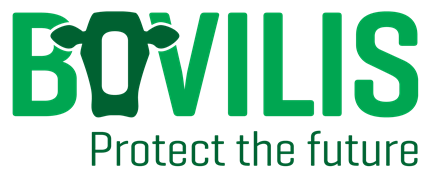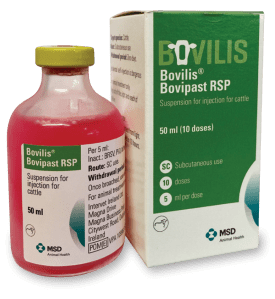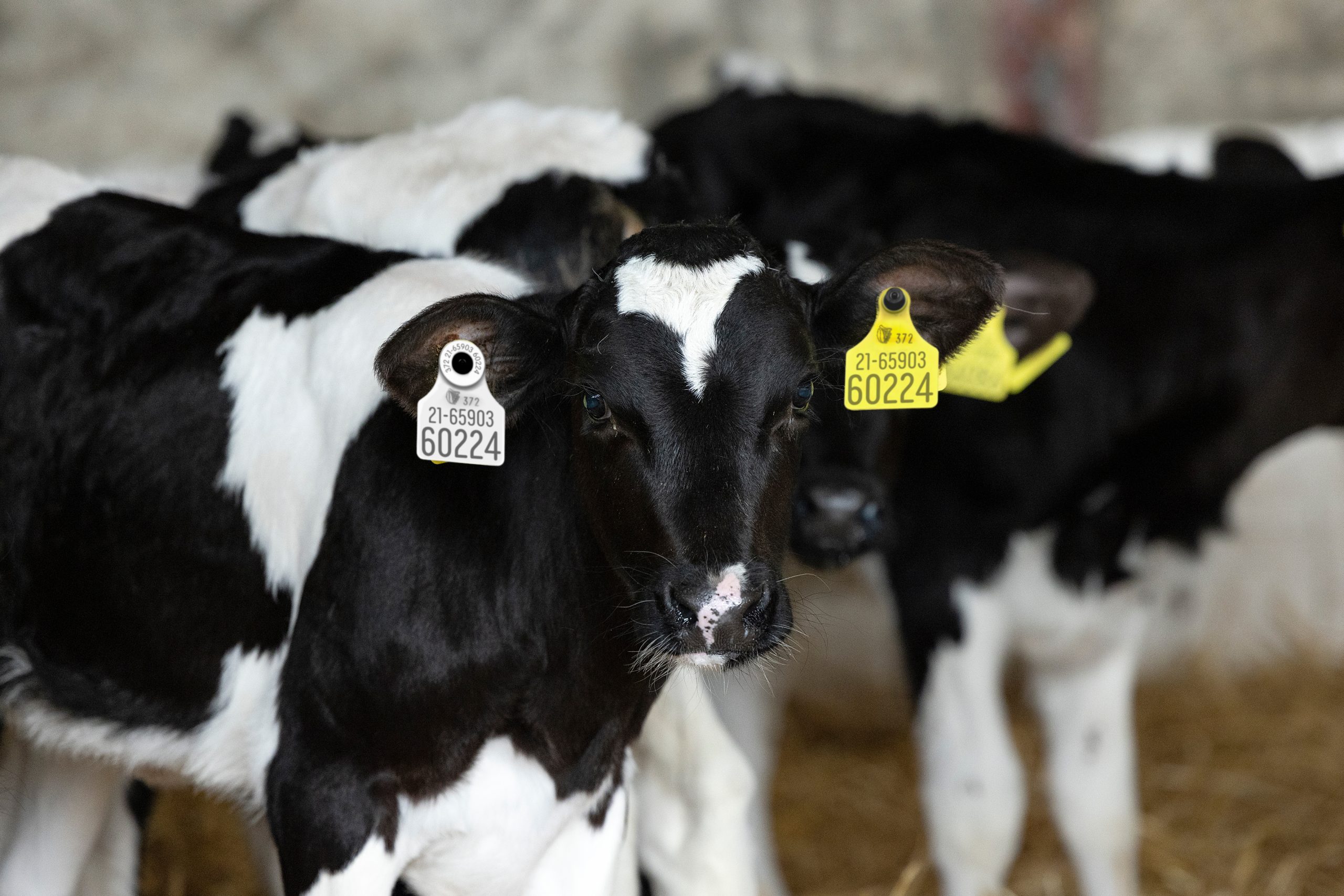

Pneumonia
Bovilis® Bovipast RSP
Suspension for injection for cattle
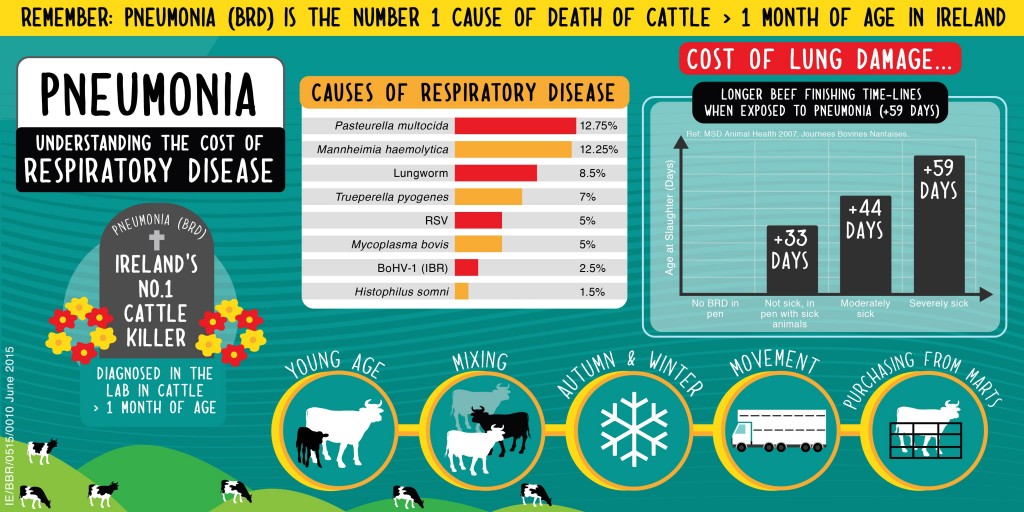
Pneumonia
Pneumonia in cattle is a complicated, multi-factorial disease which means that many things can impact on its onset or course. It is the most common cause of death in cattle of all ages over one month old. The word pneumonia basically means inflammation of the lungs.
What causes pneumonia in cattle?

Some of the agents that cause pneumonia live in the animal’s upper respiratory tract without causing disease. However, under stressful conditions the balance changes and these agents can start to multiply and move to locations such as the lung where they cause pneumonia. The high risk periods in cattle are those times when the animals are under increased stress. Examples include, change in weather, change in diet, mixing of different groups.
| Viruses | Bacteria | Parasites |
|---|---|---|
| RSV BHV-1 Coronavirus PI 3 | Pasteurella multocida Mannheimia haemolytica Mycoplasma bovis | Dictyocaulus viviparus (hoose) |
The most common agents associated with pneumonia outbreaks in Ireland
How will you recognise it?
The cattle will likely be off their feed, empty looking and off form. There may be panting, coughing and/or have a watery or mucus discharge from the nose. Often they may have an elevated temperature (>39.5C).
What can you do to treat pneumonia?
Most cases can get worse very quickly so the best course of action is to talk to your vet who will advise you on the best treatment. Some new antibiotics reach a very high level in lung tissue and can last for a prolonged period of time so as to reduce the chances of relapses.
https://player.vimeo.com/video/328469644
How can you prevent pneumonia in cattle?
To prevent pneumonia in cattle you need to minimise infectious pressure and maximise the animal’s immunity. This basically means decreasing the amount of infection the animals are exposed to and increasing their immunity to the bugs that cause pneumonia.
Minimise infectious pressure
- Try to avoid exposing cattle to stressful conditions. Be mindful of any abrupt changes as animals tend to find these stressful. For example when you are weaning, do it gradually and don’t suddenly change the diet.
- When cattle are indoors ensure the sheds are well designed and ventilated. Avoid overstocking or mixing stock of different age groups.
- If you notice an animal panting or off-form try to remove it from the pen as it will act as a source of infection for other animals.
- When you buy in animals try to isolate them for a few weeks until you are happy they are not incubating infection.
Maximise the animal’s immunity
- Ensure the calf receives enough colostrum
- Vaccination
Vaccinating cattle before they get pneumonia can be a very effective way of controlling disease. The vaccine stimulates the animal’s immune system to produce antibodies. These antibodies help the animal to fight infection when they encounter it. Bovipast RSP provides protection against both viral and bacterial pneumonia. It provides protection against two viral causes of pneumonia, RSV and PI3 viruses and the bacterium Mannheimia haemolytica. Calves can be vaccinated from two weeks of age. The vaccination program is two shots four weeks apart. A booster dose should be given before the next period of risk. Bovipast contains iron regulated protein antigens. Bacteria need iron to multiply and survive in the lungs. The IRP’s in Bovipast reduce the risk of these pasteurella bacteria multiplying. Bovipast can be administered at the same time as Bovilis IBR Marker Live.
Compatible with Bovilis IBR Marker Live
Vaccination with Bovilis IBR Marker Live at the same time as Bovilis Bovipast RSP may be required where IBR involvement has been detected on a farm or where the risk of introduction of the disease is high i.e. purchasing stock or animals returning from shows or sales. The compatibility of Bovilis Bovipast RSP and Bovilis IBR Marker Live has been proven in a challenge study.
Find out more about IRP Technology
Product Focus
Related Video
Related Articles
- IBR Vaccination of Youngstock
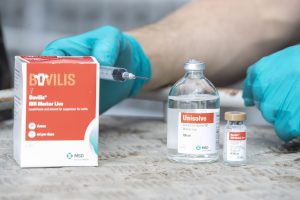 Helena Madden MVB MRCVS Cert DHH Ruminant veterinary manager MSD Animal Health IBR – Infectious bovine rhinotracheitis Infection with IBR virus is widespread in the cattle population in Ireland, with evidence of exposure in over 70% of herds (both beef and dairy). It is capable of causing disease (both clinical and subclinical) resulting in significant … Read more
Helena Madden MVB MRCVS Cert DHH Ruminant veterinary manager MSD Animal Health IBR – Infectious bovine rhinotracheitis Infection with IBR virus is widespread in the cattle population in Ireland, with evidence of exposure in over 70% of herds (both beef and dairy). It is capable of causing disease (both clinical and subclinical) resulting in significant … Read more - Reducing the risk of pneumonia in calves at turnout
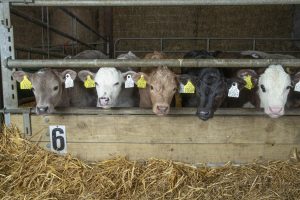 Sarah Higgins MVB MRCVS CertAVP, Ruminant & Equine Veterinary Manager, MSD Animal Health Respiratory disease is commonly seen in both dairy and suckler calves. Pneumonia is the most significant cause of death in cattle greater than one month of age in Ireland. There are substantial long term implications of respiratory disease on productivity for both … Read more
Sarah Higgins MVB MRCVS CertAVP, Ruminant & Equine Veterinary Manager, MSD Animal Health Respiratory disease is commonly seen in both dairy and suckler calves. Pneumonia is the most significant cause of death in cattle greater than one month of age in Ireland. There are substantial long term implications of respiratory disease on productivity for both … Read more - Bolstering immunity with Bovilis Bovipast RSP: Reduce and control pneumonia in your herd
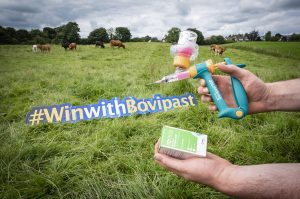 Frequently Asked Questions about Bovilis Bovipast RSP answered by Sarah Higgins, Ruminant & Equine Veterinary Manager
Frequently Asked Questions about Bovilis Bovipast RSP answered by Sarah Higgins, Ruminant & Equine Veterinary Manager
Sign up to Bovilis® product and event information
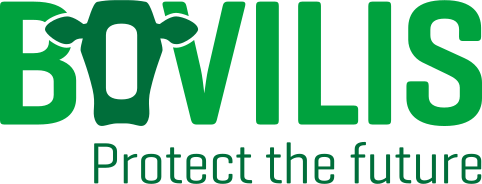
MSD Animal Health
Red Oak North, South County Business Park, Leopardstown,
Dublin 18, Ireland
vet-support.ie@msd.com
PHONE
CATTLE DISEASES
